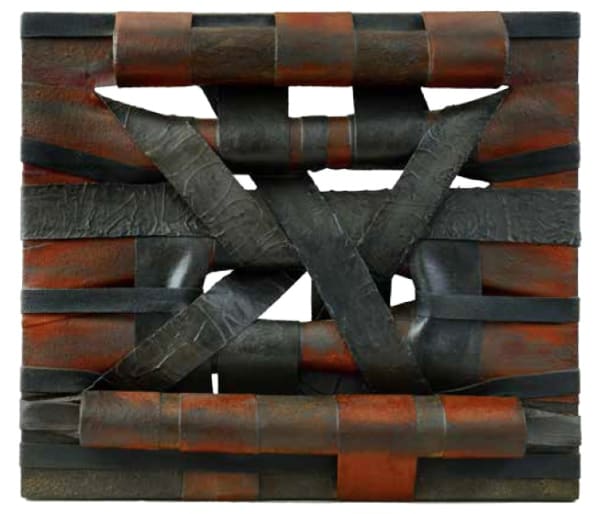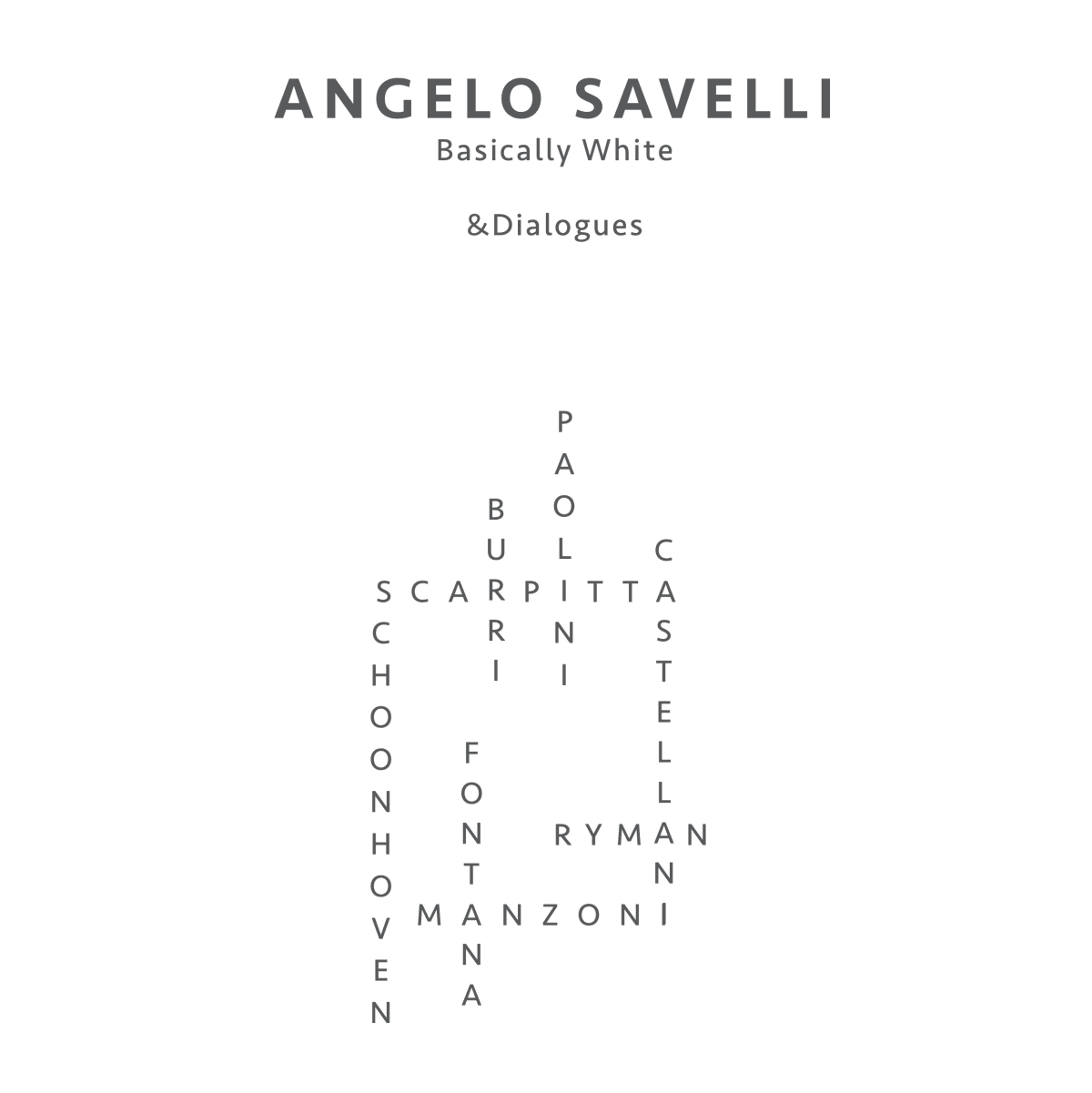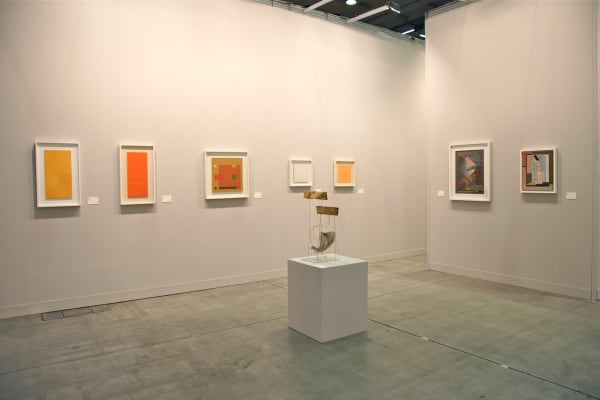Angelo Savelli Italian, 1911-1995
-

Salvatore Scarpitta: Material X
10 Jun - 22 Jul 2016ML Fine Art London presents the first solo show of Salvatore Scarpitta in the UK, with the aim of investigating the most fervid and significant period in Salvatore Scarpitta's artistic development from 1958-68.Read more
-

Angelo Savelli: Basically White & Dialogues
22 Jan - 25 Mar 2016'Basically White' is the first UK exhibition of works by Angelo Savelli. The exhibition focuses on Savelli's contribution to European and American modern art stretching a connection to other of his contemporaries. Eleven seminal paintings are shown alongside pieces by Enrico Castellani, Lucio Fontana, Robert Ryman, Salvatore Scarpitta and Jan Schoonhoven, artists with whom Savelli shared a common aesthetic language.Read more
Angelo Savelli was born in Pizzo Calabro (Catanzaro) in 1911.
After attending Filangieri Grammar School in Vibo Valentia (Calabria) Savelli moved to Rome to attend high school focusing on fine art to later join the Academy of Fine Arts. During his early time in Rome, Savelli was guest of the Minister of the Royal House of Savoy, Lucifero Falcone, a friend of his father.
Angelo Savelli was redrafted into the army and assigned to the 82nd Infantry regiment “Torino”. After the painful experience of World War II, he returned to Rome in the milieu of Futurism. In the same year, he becomes a member of the Art Club, the independent international artistic association whose members include Jarema (a Polish artist Savelli called “the Viking”), Severini, Guzzi, Montanarini and Tamburi, his close friend Fazzini, and later Dorazio, Mafai, Corpora, Perilli, Consagra and Turcato. This group of artists, active in Rome or having ties with Rome in the Twenties and Thirties, is known as “Scuola Romana” or Roman School. Savelli formed with each one solid friendship. Alberto Burri was a real discovery for Savelli, who was among his contemporaries the most available and open-minded to younger artists.
Savelli is known to the contemporary art world for his diversified approaches to ‘white’, as a colour, medium and generative force. Savelli challenged the potential enacted by ‘white’ through relief printings, changes to the materials, rejects of colours, alteration of shapes. The paint was always applied to the surface with a spatula, and later with strings, plasters combined with light and transparent fabrics, veils and tulle, extolling white as the absolute purity expressed in colour forms.
The monochrome was the life companion of Savelli and became a foundation for the artist to distancing himself from the expressive violence of “action painting”, realizing works of extreme lightness and formal purity to ultimately shift away from a compelling inner need to reach universal simplicity. Critics have defined Savelli’s art as a sequence of images freed from figurative references, aspiring to reach the essential soul of nature.
Savelli was honoured with the Guggenheim fellowship for the Arts in 1980 which gave him the opportunity of exhibiting in Europe and acquire notoriety.
In the last years of his life, Savelly exhibited at the Venice Biennale and Museo d'Arte Contemporanea "Luigi Pecci".
Savelli lived in New York for most of his mature life, before returning to Italy, where he died in 1995 at the age of eighty-three.
-
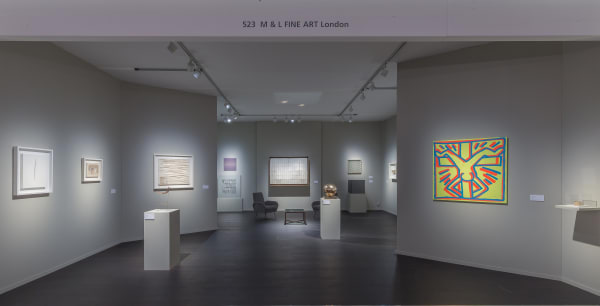
TEFAF Maastricht 2018
8 - 18 Mar 2018M&L Fine Art is pleased to announce its inaugural participation at TEFAF Maastricht. Our booth will present a curated selection of Italian and international post-war...Read more -

Miart 2017
31 Mar - 2 Apr 2017Read more -
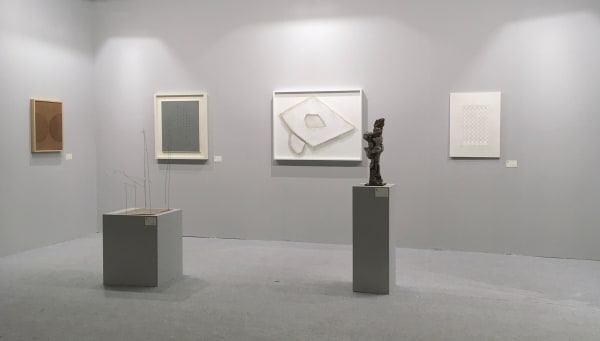
Artefiera 2017
27 - 30 Jan 2017Read more -

Masterpiece London 2016
30 Jun - 6 Jul 2016Read more








